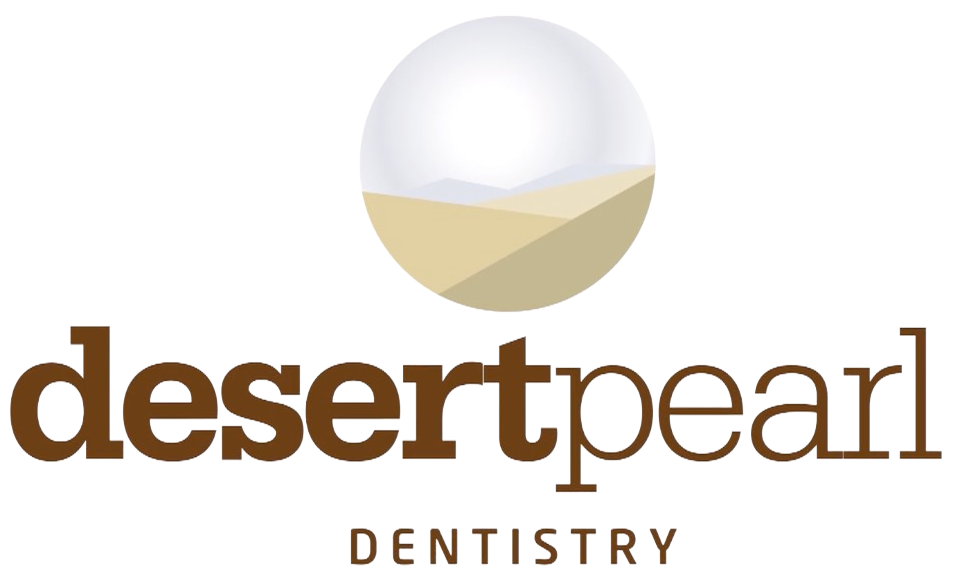Have you ever wondered what’s changed in dentistry over the last 60 years? Today’s dental practices now need innovation and advancement more than ever to keep up with the demand’s of people’s health, but to see why this is so important, let’s take a look back on how far dentistry has come:
The Timeline From the ’60s to Today
- The 1960s: Dentistry during the ’60s was mainly treatment-oriented, but there were also many changes in moving towards preventative concepts. This includes fluoride treatments, diet changes, and 6-month exams. Operative dentistry was the mainstay during this time, and education during this period consisted of 4-year degrees from most universities. For many specialties, endodontics, periodontic, and pediatric dentistry were considered primitive, and aesthetic dentistry didn’t exist yet.
- The 1970s: The 70’s brought out more of the specialties previously mentioned, including endodontics and aesthetic dentistry. This period was when the first dental benefits plan truly took its roots on the national stage, but the inflation rates of the time didn’t really follow through into today’s price ranges for treatment. However, steady advances were being made, and more specialties started to arise as a result of increased demand.
- The 1980s: In the 80s, many patients wanted tooth-colored restorations instead of the metal-crowns often used since the 50s. The aesthetic trend of the 70s truly took off as the use of composite resins helped transform restorative treatment, even while methods for making it last long-term were limited at the time. During this time, the use of metal was significantly reduced and the
- The 1990s: The 90’s brought on the increase in dental wages and certification requirements within the field, and thus the number of dental establishments continued to increase. Studies in sleep apnea, oral cancer detection, partial dentures, and ceramic restorations started to take flight during this period of growth, and newer technologies such as cone beam technology and the microscope for dentists were being introduced.
- The 2000s: The early to late 2000s to the 2010s created a lot of social change within the industry, with more women and minorities entering the dental field and the introductions of laser treatments, digital x-rays, and computer-aided manufacturing helped advance dentistry and move it from treatment-based practices to prevention methods. The innovation of these products and ideas helped famous dental companies provide numerous options for treatment and promote the development of new treatments.
- Today: Now, dental students are more than 50% female in comparison to the 70% male geographic back in the 60s. At least 25% of dentists are now specialists, with at least 50% of dentists are now part of a group and corporate practices. Competitions have since increased significantly, and innovation alongside prevention methods has been the primary focus since the onset of the Covid-19 pandemic.
Predictions For The Future of Dentistry
Dental service organizations, management care techniques, and focus on more conservative methods will likely take up the next 10 to 20 years of Today’s dental practices. As the innovation of techniques and products continues to evolve, learning from your dentist about what techniques they use can be insightful to your dental health and help keep your teeth clean.



